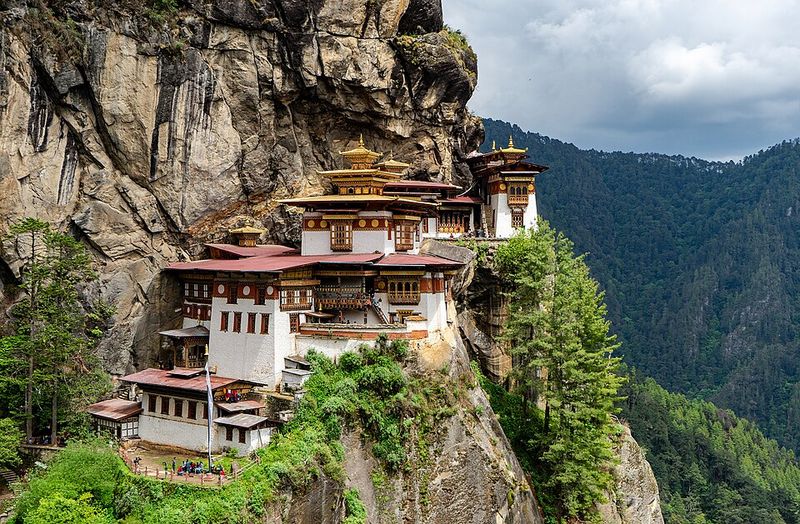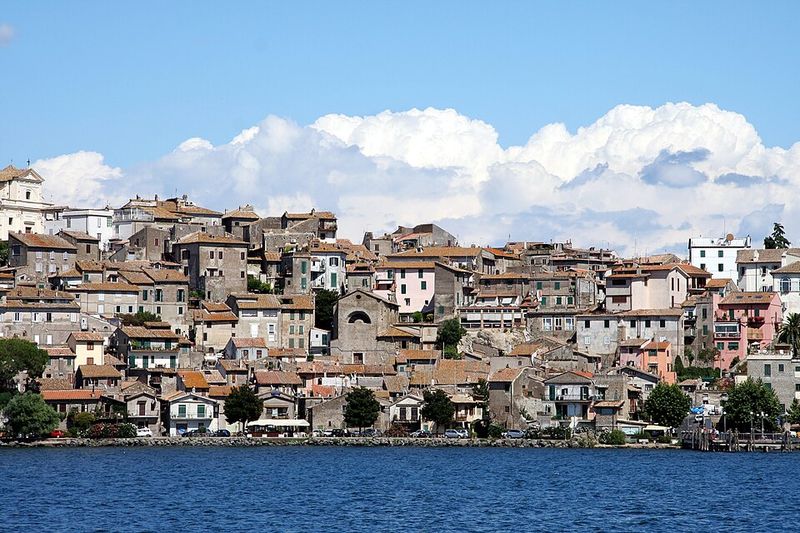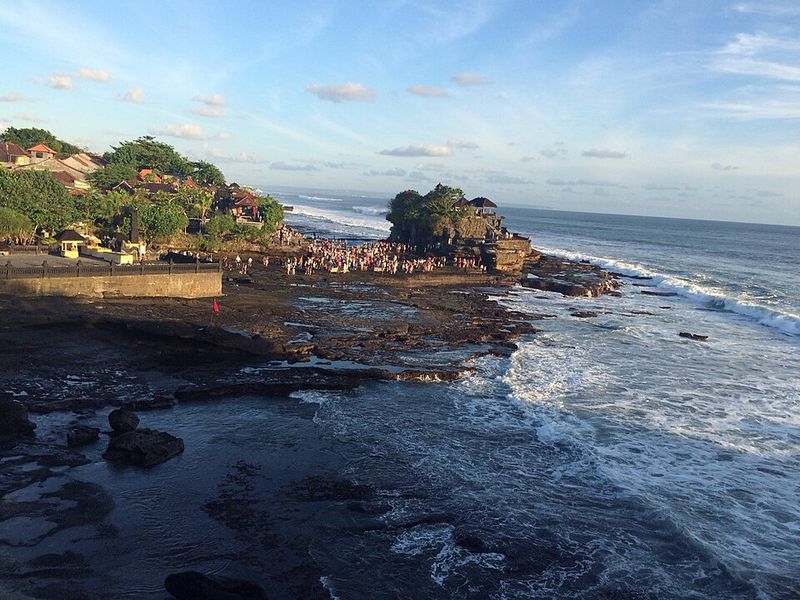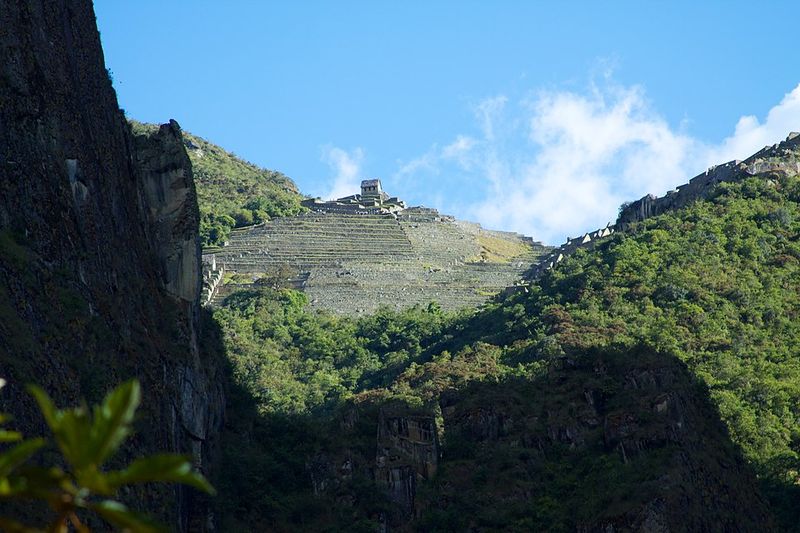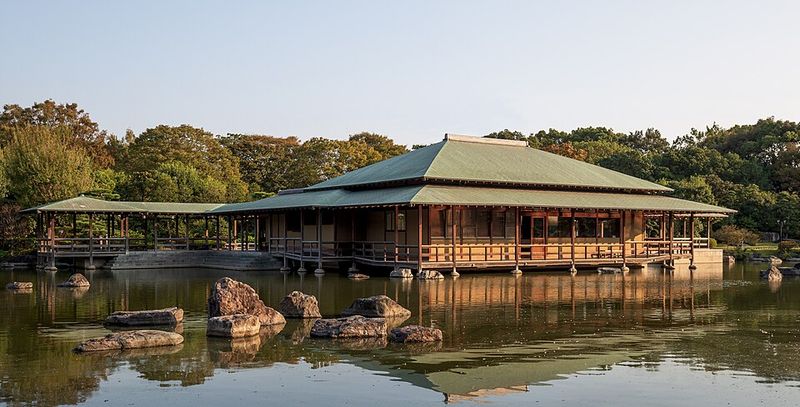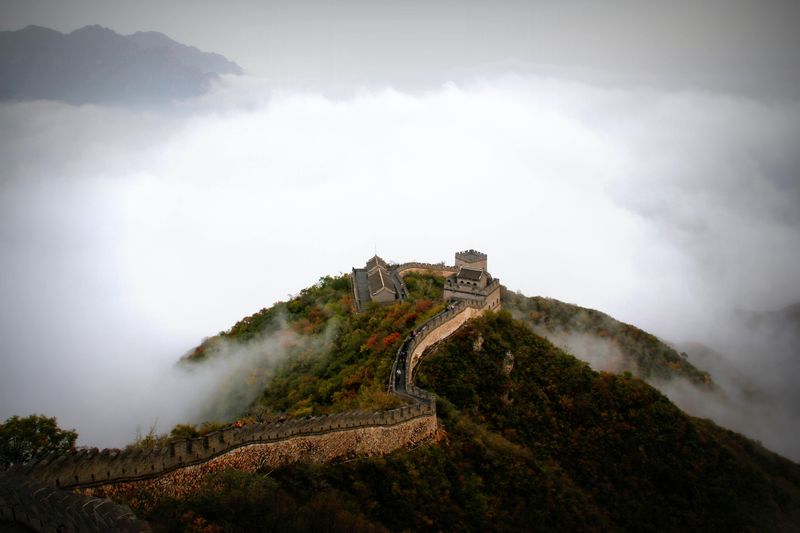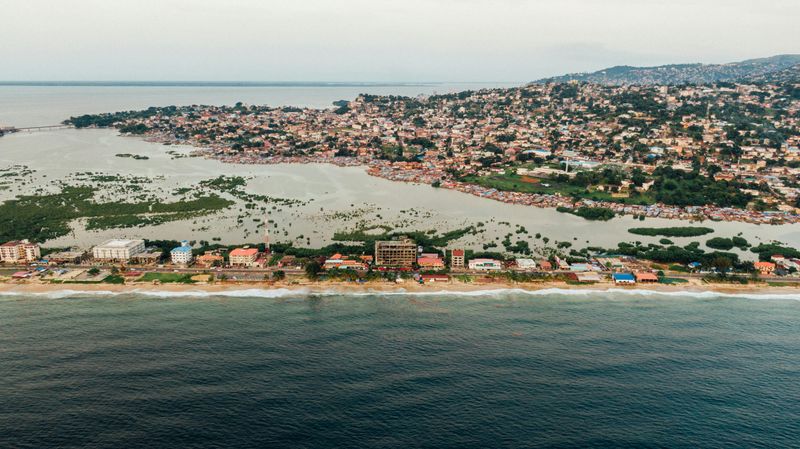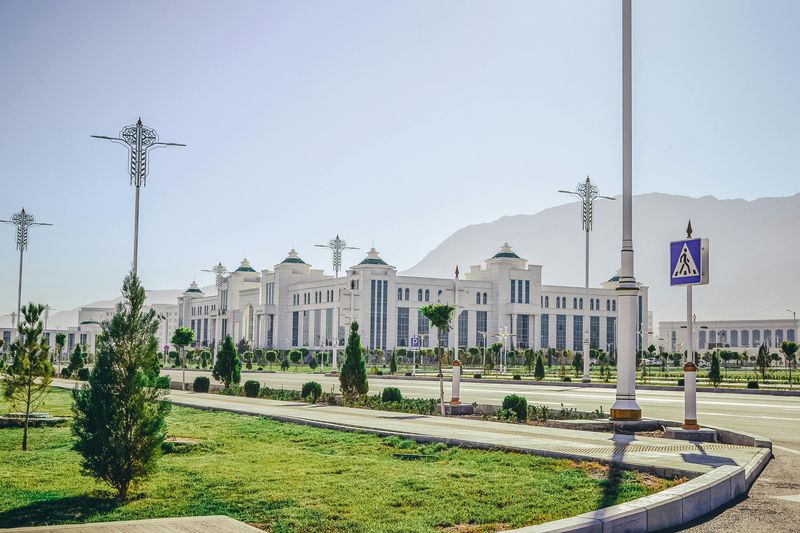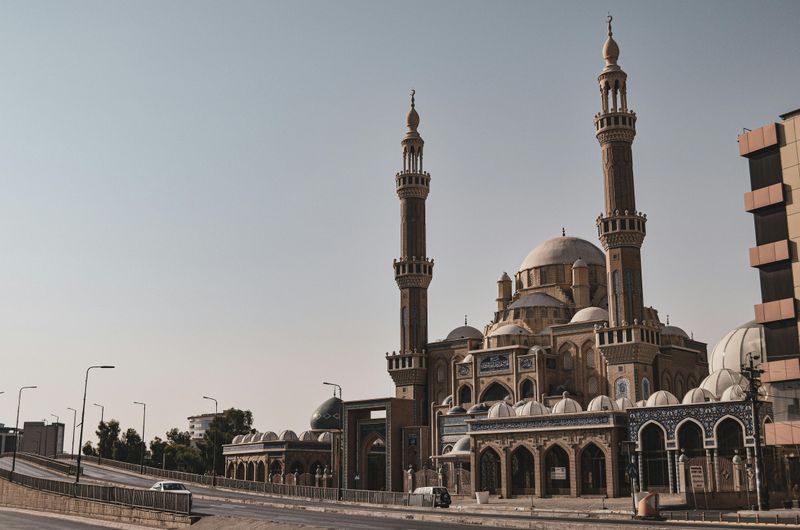As global tourism surges, many countries are reassessing access to protect cultural heritage and natural beauty. In 2026, several nations plan to implement restrictions in response to overtourism and environmental concerns. Here’s a look at 13 countries where tourists might face new challenges or bans.
1. North Korea (DPRK)
North Korea remains a fortress of secrecy, its doors barely ajar for international tourists. Despite a partial reopening, reports suggest new bans, notably at Wonsan‑Kalma Beach Resort. Non-Chinese or non-Russian visitors might find access denied. Visiting this enigmatic nation is anything but routine. By 2026, anticipate stringent tour-group mandates, restricted access, and potential bans based on nationality. For those determined to visit, patience and flexibility will be key. Remember, North Korea isn’t just another destination; it’s a journey into the unknown, with its own unique set of rules and realities.
2. Bhutan
Nestled in the Himalayas, Bhutan guards its cultural treasures with a ‘high-value, low-volume’ strategy. Tourists face substantial daily fees, designed to preserve the kingdom’s pristine environment and vibrant culture. As 2026 approaches, expect higher fees or capped visitor numbers instead of outright bans. This selective approach ensures that Bhutan remains unscathed by mass tourism. While these measures might seem restrictive, they promise a rich, unspoiled experience for those willing to pay the price. Bhutan’s allure lies in its balance of tradition and tranquility, offering an escape from the frenetic pace of modern tourism.
3. Palau
Palau, a Pacific paradise, considers a transformation into a ‘luxury-only’ destination. The aim? To shield its environment from the adverse impacts of mass tourism. Visitors in 2026 may encounter fewer booking options and higher entry costs. Palau’s government plans to emphasize quality over quantity, ensuring that its natural beauty endures. While this approach might limit the typical traveler, it promises a tailored, exclusive experience. For those who make the journey, Palau offers an intimate connection with nature, away from the crowds, where every moment feels special.
4. Italy (select locations)
Italy’s timeless charm draws millions, but the weight of tourism is testing its limits. Select locations, from tranquil beaches to bustling cities, are adopting strict measures. Expect app-booking systems and daily visitor caps by 2026. While not a national ban, these actions could transform your Italian getaway. Day-trippers and cruise visitors may find themselves at a disadvantage, as Italy seeks to balance preservation with accessibility. This careful management aims to maintain Italy’s allure without compromising its cultural and historical essence, ensuring that every visit remains memorable.
5. Spain (select locations)
In Spain, the charm of its vibrant streets and sun-kissed beaches faces the specter of overtourism. Local backlash, especially in areas like the Balearic Islands and Barcelona, has ignited stricter regulations. By 2026, expect entry quotas or elevated tourist taxes. While full bans are unlikely, significant limitations could redefine the Spanish experience. These measures aim to protect community life and preserve Spain’s cultural fabric. Visitors might need to plan more carefully, ensuring that their travel choices align with the evolving landscape of Spanish tourism.
6. Indonesia (especially Bali)
Bali, Indonesia’s crown jewel, is drawing lines in the sand to protect its sacred spaces and cultural heritage. Recent rules regulate visitor behavior, with new fees to safeguard its iconic temples and sites. By 2026, anticipate stricter screening and elevated costs, especially in sensitive areas. While such measures might deter some, they are crafted to preserve Bali’s unique spirit. For those who visit, Bali offers a deeper, more respectful engagement with its culture, promising an enriching experience that honors both the land and its traditions.
7. Peru (specific sites)
Peru’s archaeological wonders, like Machu Picchu, face the threat of overexposure. To combat damage, visitor limits are already in place. By 2026, entire tourist sites may close temporarily for maintenance and restoration. These closures aim to safeguard Peru’s cultural gems for future generations. While frustrating for some, these measures ensure that Peru’s rich history remains accessible yet protected. Travelers should plan visits thoughtfully, aligning their itineraries with available access, and appreciating the efforts to maintain these treasures.
8. Japan (select prefectures)
Japan’s allure, from cherry blossoms to futuristic cities, faces the challenges of balancing tourism with tradition. Some prefectures plan to limit entry or introduce substantial visitor rules, like daily caps and fines, by 2026. These measures reflect Japan’s commitment to preserving its cultural and natural landscapes. Visitors might encounter a more selective approach, ensuring that the charm of Japan remains untarnished. While this might require more planning, the result is a more intimate, respectful experience of Japan’s rich tapestry.
9. China (specific heritage sites)
China’s vast landscapes and ancient heritage sites, like the Great Wall and Forbidden City, are icons of human achievement. However, overtourism poses significant challenges. By 2026, expect tighter restrictions in environmentally sensitive zones, with some sites possibly closed to tourists. These measures aim to preserve China’s rich history, allowing future generations to appreciate its grandeur. While this might limit access, it ensures a sustainable approach to tourism. Visitors should prepare for these changes, seeking alternatives that offer equally enriching experiences.
10. Sierra Leone
Sierra Leone, with its vivid landscapes and vibrant culture, faces potential entry suspensions. Reports suggest that foreign tourist access might be paused by 2026. These measures reflect concerns about infrastructure and sustainable tourism. For those keen to explore Sierra Leone’s hidden gems, it’s essential to verify visa availability and entry requirements. While these restrictions could limit immediate access, they aim to prepare Sierra Leone for future tourism endeavors, balancing growth with preservation.
11. Turkmenistan
Turkmenistan, a land of desert beauty and ancient history, may impose severe restrictions on foreign tourist entries. Draft travel-ban proposals suggest possible closures by 2026. Access might require special permits, limiting spontaneous visits. While this approach may seem daunting, it aims to control and manage tourism sustainably. Travelers should be prepared for potential hurdles, ensuring all necessary documentation and permissions are in place. The allure of Turkmenistan lies in its mysteries, waiting for those willing to navigate its unique paths.
12. Cuba
Cuba’s vibrant culture and historic streets have long captivated travelers, yet global politics cast a shadow over access. In 2026, tourists might face new hurdles, especially from certain nationalities, depending on evolving visa regimes. These potential restrictions reflect Cuba’s complex diplomatic landscape. Visitors should stay informed about political developments, ensuring smooth travel plans. While access might fluctuate, Cuba’s charm remains unchanged, offering a rich tapestry of music, history, and warmth to those who venture its way.
13. Iraq / Iraqi Kurdistan (tourism zones)
Iraq and the semi-autonomous region of Iraqi Kurdistan are rarely synonymous with tourism. Yet, rich history and stunning landscapes await the adventurous. By 2026, certain zones might restrict access for security or conservation reasons. These measures aim to protect both visitors and cultural treasures, ensuring responsible exploration. Travelers should verify which areas are open, embracing the spirit of discovery with due caution. For those who take the journey, Iraq offers a profound connection to its ancient roots and resilient culture.


